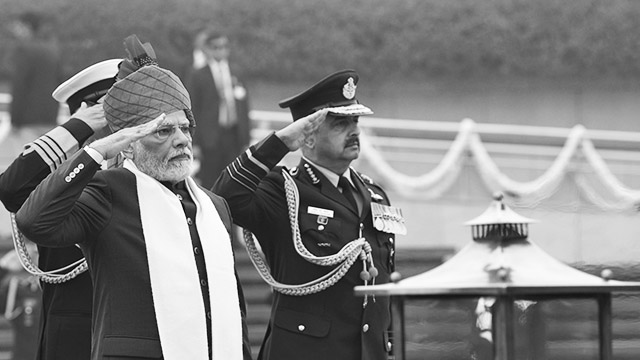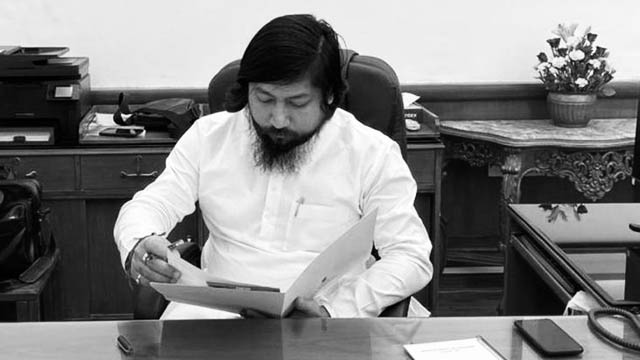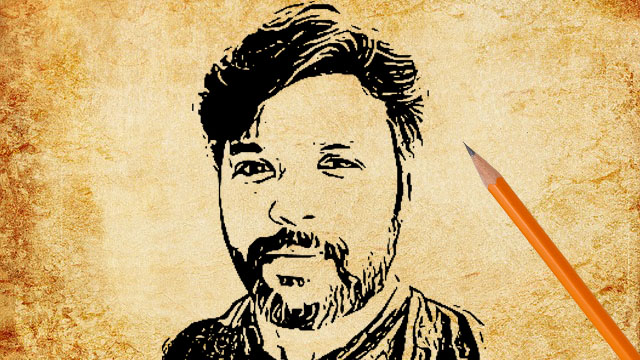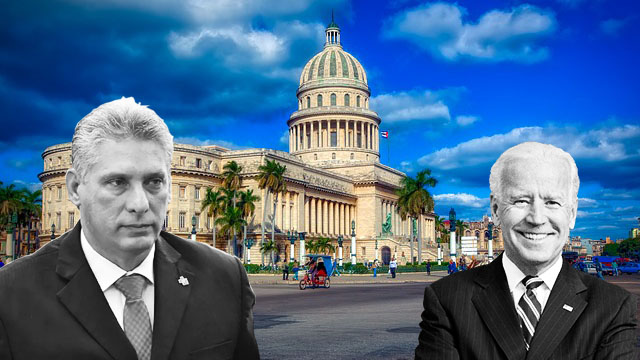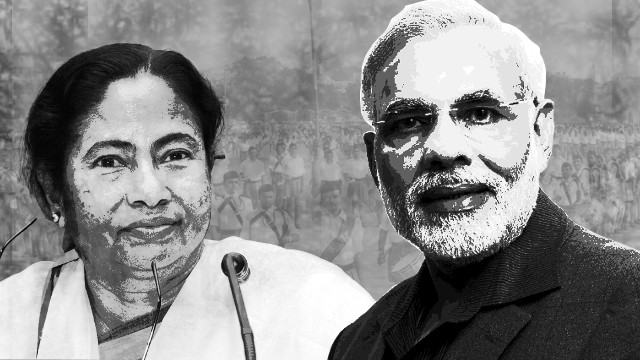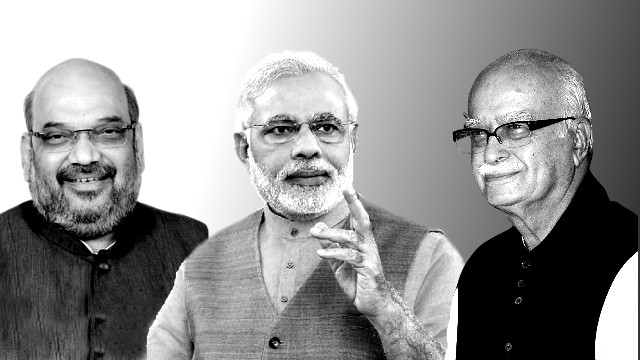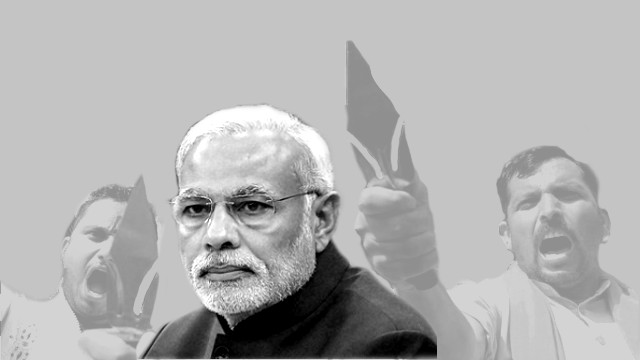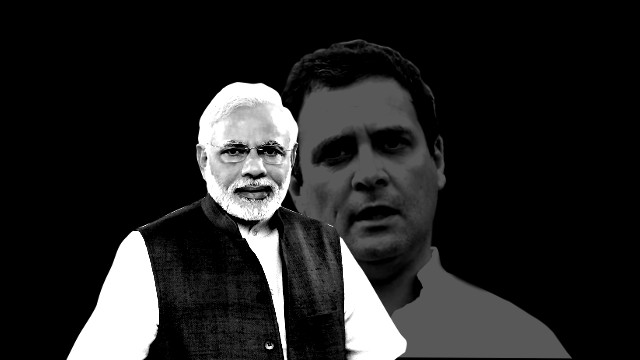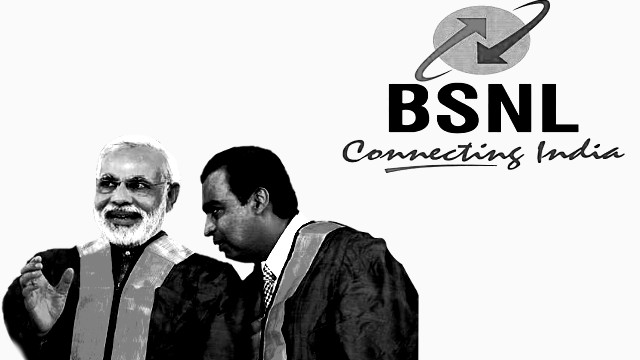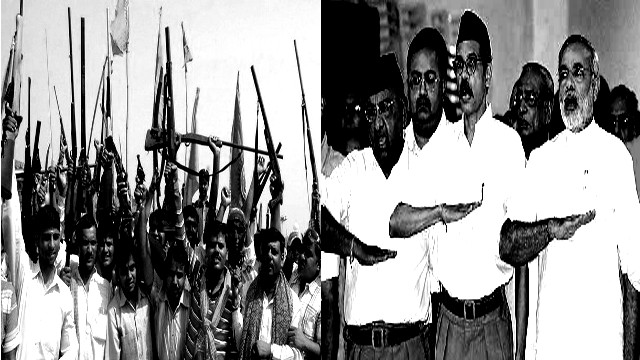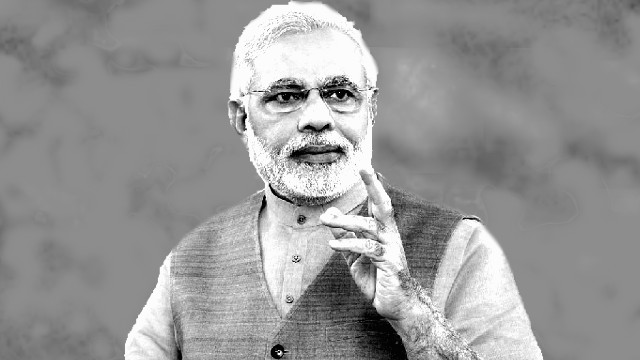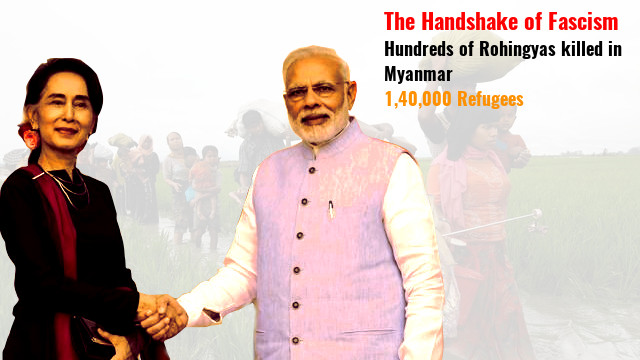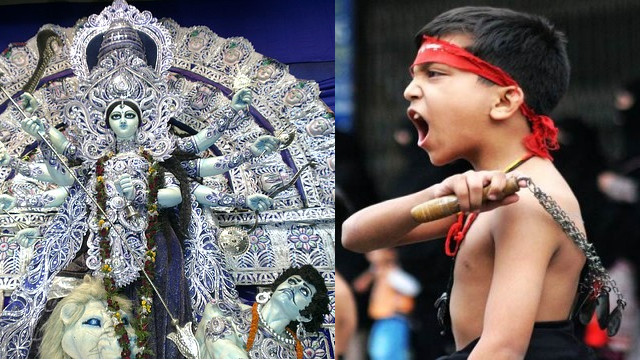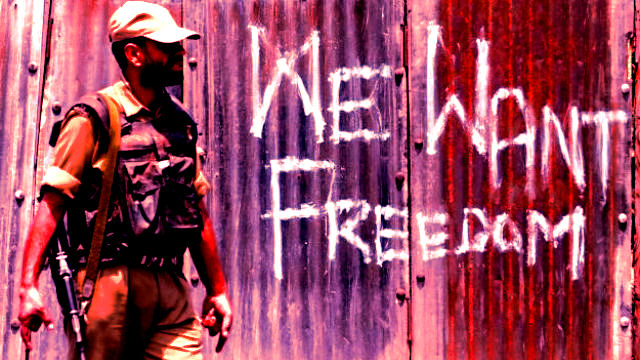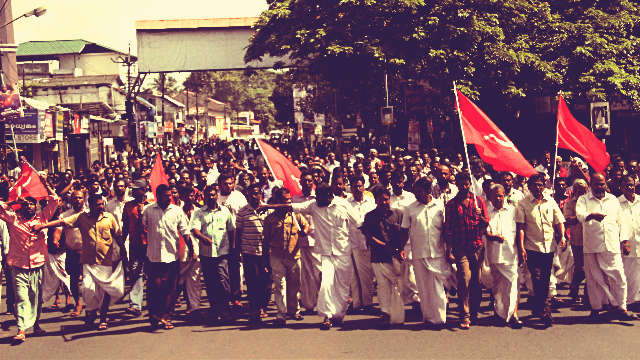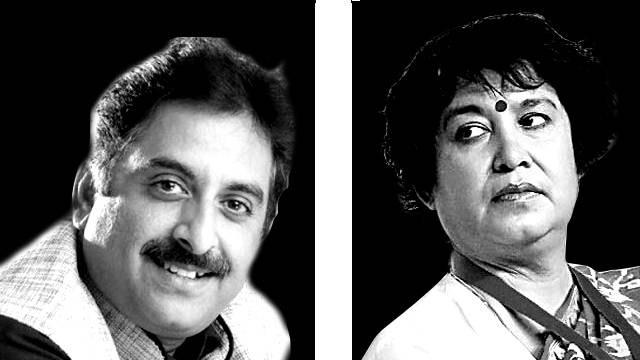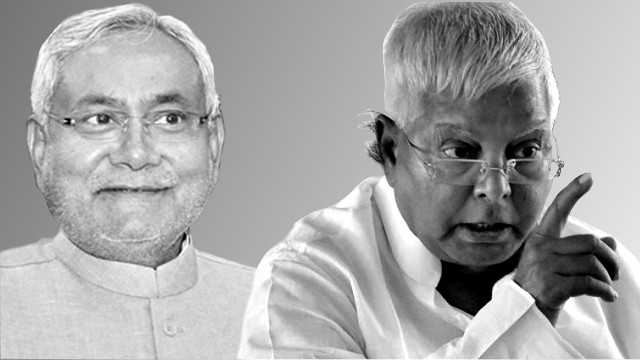Although the Indian opposition is going gaga over the recent BBC documentary on Modi, in reality, it's quite a useless piece of propaganda that can end up helping the BJP polarise its disgruntled voter base.

When Ripun Bora accused BJP leader and minister Nisith Pramanik of being a Bangladeshi, a lot of uncomfortable facts came out in the open, especially on the CAA
Though Yogi Adityanath has finally cancelled the Kanwar Yatra in UP under the Supreme Court's pressure, the BJP's intention at te first place is problematic.
Danish Siddiqui's killing in Afghanistan raises uncomfortable questions regarding the practice of "embedded" journalism that jeopardises journalists' security.
The recent CIA-sponsored Cuba "protest" riots are replicas of the 1960s model. These are now part of Joe Biden's frantic attempt to occupy Cuba and oust PCC.

How the Modi regime has promoted the growth of utmost cronyism and corrupt practices in India by allowing the non-existent to rule and thrive.
Each year the RSS and BJP takes one step ahead in their heinous agenda of communally polarising West Bengal using armed rallies of Ram Navami as a vessel.
LK Advani's recent jibe at Modi and Shah over BJP's assault on democracy and democratic traditions doesn't worth an iota of support from the opposition.
Modi's vehement denial of anything called "Hindu terrorism" is actually a frantic attempt to shield Hindutva fascism by equating it with Hindu faith.
By republishing its 2014 manifesto with extended deadlines, the BJP's tirade against the Congress manifesto is caused by its sheer political bankruptcy.
By promoting Mukesh Ambani's Reliance Jio, the Modi regime is signalling an end to BSNL and MTNL. Their employees to fight back and thwart this conspiracy.
The final part of the three-series long understanding of the dirty nexus between Hindutva fascism and white supremacist fascist terror of the west.
Part 2 of the special series, we will delve into the historic growth of Indian fascism -- the Hindutva fascism -- and its ties with global fascist movement.
In this special series, we will delve into the historic growth of Indian fascism — the Hindutva fascism — and its ties
The #MainBhiChowkidar campaign by Narendra Modi and his sycophants isn't just a frantic attempt of image makeover but is so farcical to be the irony killer.





Rare moments are always frame-worthy, especially if it’s a historic handshake between two of the most notorious Muslim-killers of our time. Narendra
After a brief lull, following a communal carnage in Basirhat area of North 24 Paragana district, West Bengal is again going to
Every year since 1947 the Indian people have been subjected to a Prime Minister’s speech on 15 August from the podium atop
Ever since the BJP managed to stitch up a coalition government with Nitish Kumar in Bihar, the Modi government and its toady
Exiled Bangladeshi author Taslima Nasreen faced the wrath of Salafist goons of AIMIM at the Aurangabad Airport, where she was bullied and
The recent somersault in the politics of Bihar, following Nitish Kumar’s sudden return to the BJP’s lap, caused an upheaval throughout the





